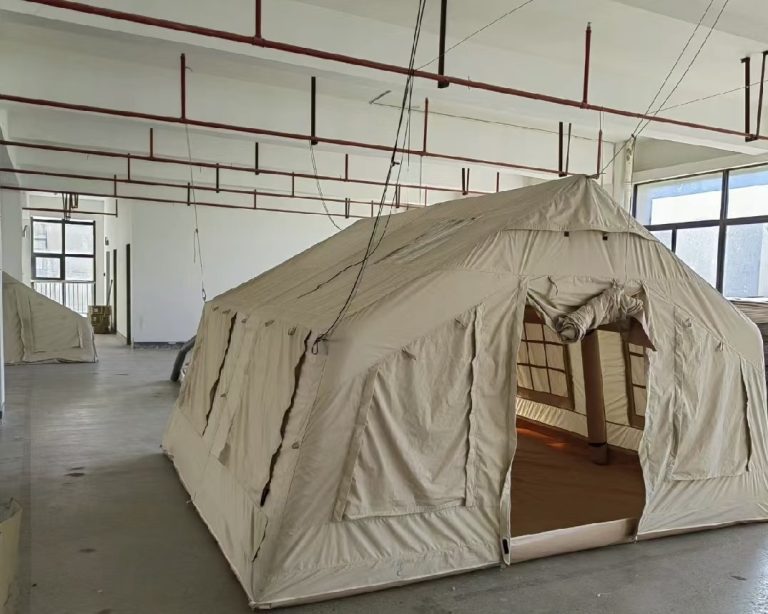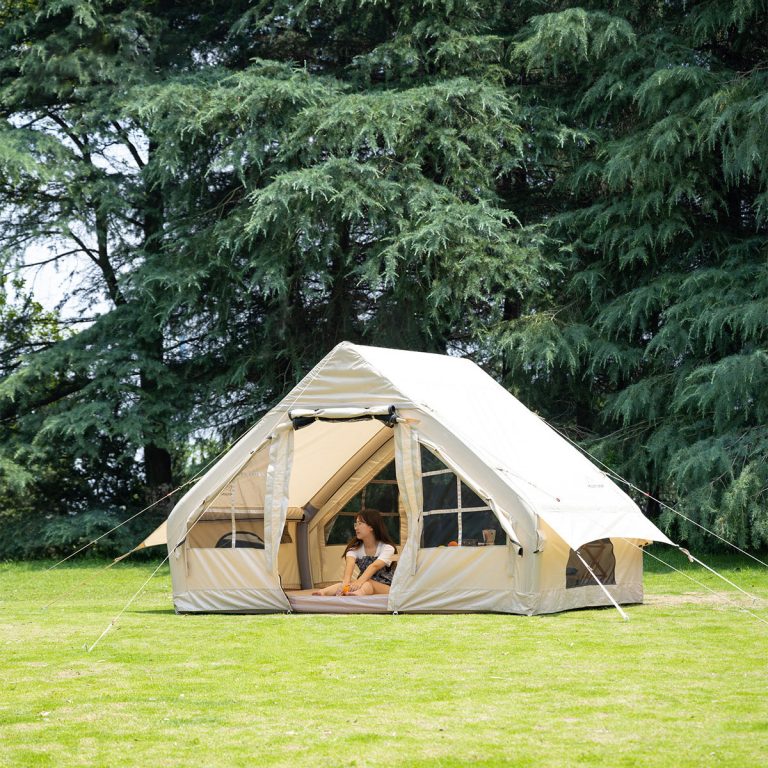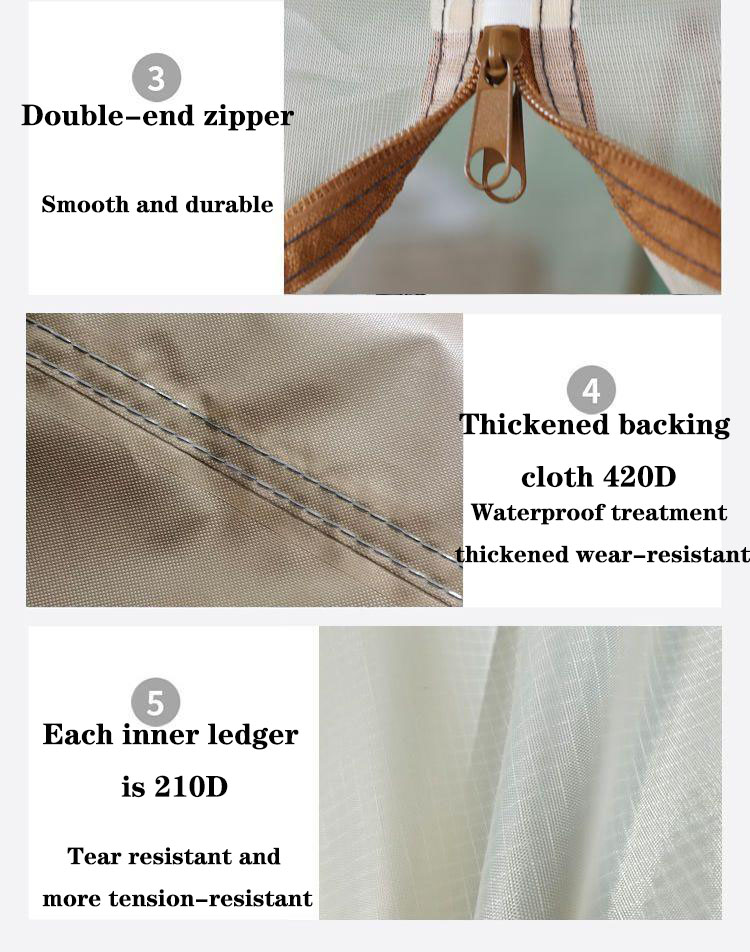Table of Contents
Tips for Setting Up a Snow Camping Tent
Snow camping can be a thrilling and rewarding experience for outdoor enthusiasts looking to escape the hustle and bustle of everyday life. However, setting up a tent in the snow can be a challenging task that requires careful planning and preparation. In this article, we will provide you with some tips on how to set up a snow camping tent to ensure a safe and comfortable camping experience. When setting up a tent in the snow, it is important to choose a suitable location that is flat and free of any potential hazards such as falling branches or avalanches. Look for a spot that is sheltered from the wind and has good drainage to prevent water from pooling around your tent. Clear away any snow or debris from the ground before pitching your tent to create a level surface. Before setting up your tent, it is essential to pack down the snow where you plan to place your tent. This will help to create a stable base for your tent and prevent it from sinking into the snow during the night. Use a snow shovel or your feet to compact the snow, making sure to create a level surface that is slightly larger than the footprint of your tent. When pitching your tent in the snow, it is important to stake it down securely to prevent it from being blown away by strong winds. Use snow stakes or anchors to anchor your tent to the ground, making sure to place them at a 45-degree angle to provide maximum holding power. If you are camping in deep snow, you can also bury your stakes in the snow to create a more secure anchor. Once your tent is securely staked down, it is time to set up the tent poles and attach the rainfly. When setting up a tent in the snow, it is important to be gentle with the tent poles to prevent them from snapping in the cold temperatures. Make sure to follow the manufacturer’s instructions for setting up your tent to ensure a proper and secure pitch.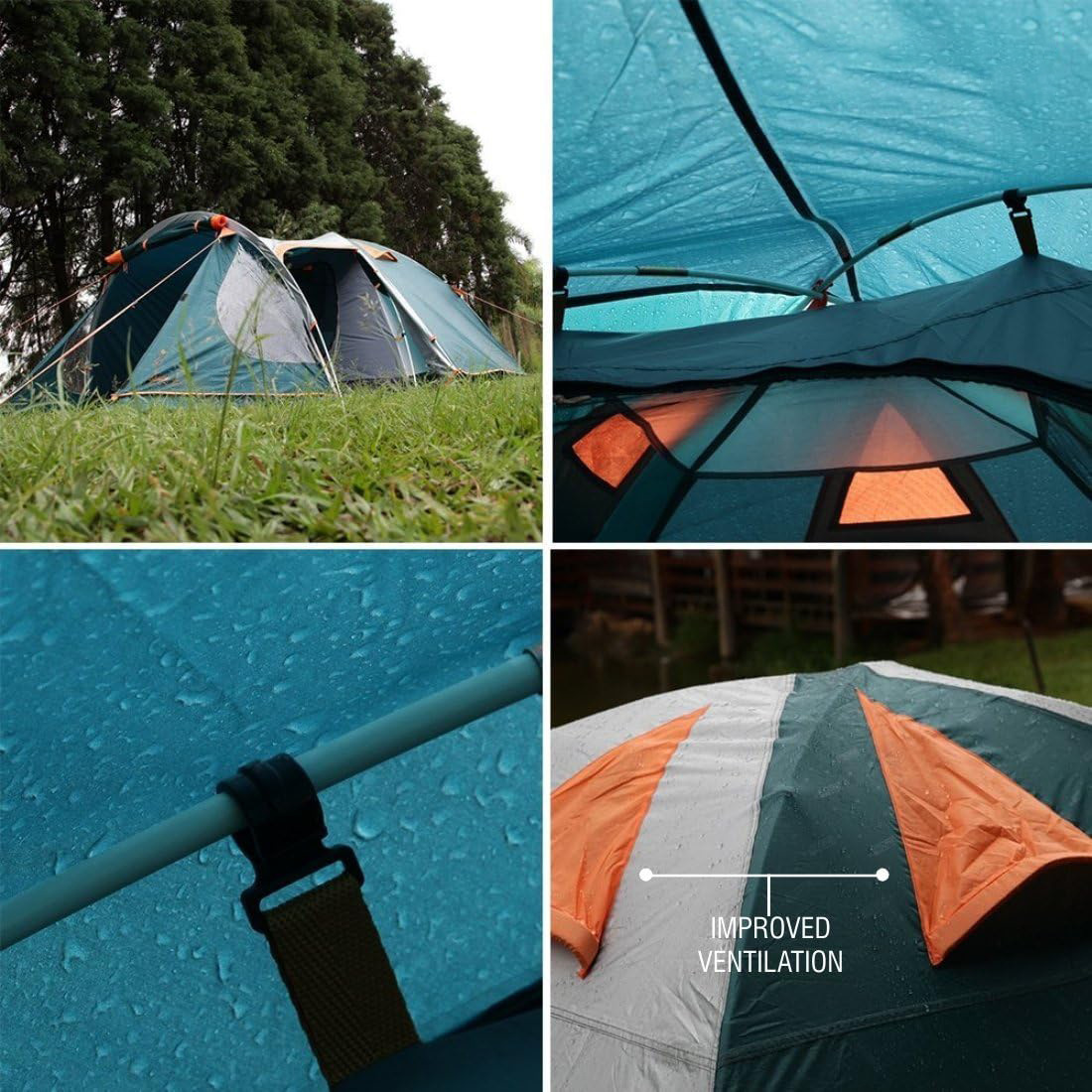 After setting up your tent, it is important to insulate the floor of your tent to keep you warm and dry throughout the night. Lay down a ground tarp or a closed-cell foam pad to create a barrier between you and the cold snow. You can also use a sleeping pad or an insulated sleeping mat to provide additional insulation and cushioning.
To further insulate your tent, consider using a four-season tent that is designed to withstand harsh winter conditions. Four-season tents are typically made with heavier fabrics and have more robust poles to withstand heavy snow loads and strong winds. They also have fewer mesh panels to provide better insulation and protection from the elements.
After setting up your tent, it is important to insulate the floor of your tent to keep you warm and dry throughout the night. Lay down a ground tarp or a closed-cell foam pad to create a barrier between you and the cold snow. You can also use a sleeping pad or an insulated sleeping mat to provide additional insulation and cushioning.
To further insulate your tent, consider using a four-season tent that is designed to withstand harsh winter conditions. Four-season tents are typically made with heavier fabrics and have more robust poles to withstand heavy snow loads and strong winds. They also have fewer mesh panels to provide better insulation and protection from the elements.
Essential Gear for snow camping tent setup
Snow camping can be a thrilling and rewarding experience for outdoor enthusiasts looking to escape the hustle and bustle of everyday life. However, camping in the snow requires careful planning and the right gear to ensure a safe and comfortable trip. One of the most essential pieces of gear for snow camping is a reliable tent that can withstand the harsh winter conditions. In this article, we will discuss the key factors to consider when setting up a snow camping tent and the essential gear you will need for a successful trip. When setting up a tent in the snow, it is important to choose a location that is sheltered from the wind and has good drainage to prevent water from pooling around your tent. Look for a flat, level spot that is free of rocks and debris, and clear away any snow to create a solid base for your tent. It is also a good idea to pack down the snow where you will be pitching your tent to create a stable surface. Once you have found a suitable location, it is time to set up your tent. Start by laying out the tent body and securing it to the ground with stakes or snow anchors to prevent it from blowing away in the wind. Next, assemble the tent poles and insert them into the corresponding grommets on the tent body, making sure they are securely in place. Finally, attach the rainfly to the tent to provide additional protection from the elements. In addition to a sturdy tent, there are several other essential pieces of gear you will need for snow camping tent setup. A high-quality sleeping bag rated for cold temperatures is crucial to staying warm and comfortable throughout the night. Look for a sleeping bag with a temperature rating that is appropriate for the conditions you will be camping in, and consider using a sleeping pad for extra insulation from the cold ground. A reliable stove or campfire is also essential for cooking meals and staying warm in the snow. Choose a stove that is designed for use in cold weather and bring plenty of fuel to keep it running throughout your trip. If you plan to build a campfire, make sure to follow Leave No Trace principles and check for any fire restrictions in the area where you will be camping. Other essential gear for snow camping tent setup includes a shovel for clearing snow, a headlamp or flashlight for navigating in the dark, and extra layers of clothing to stay warm in the cold temperatures. It is also a good idea to bring a first aid kit, emergency shelter, and communication device in case of an emergency.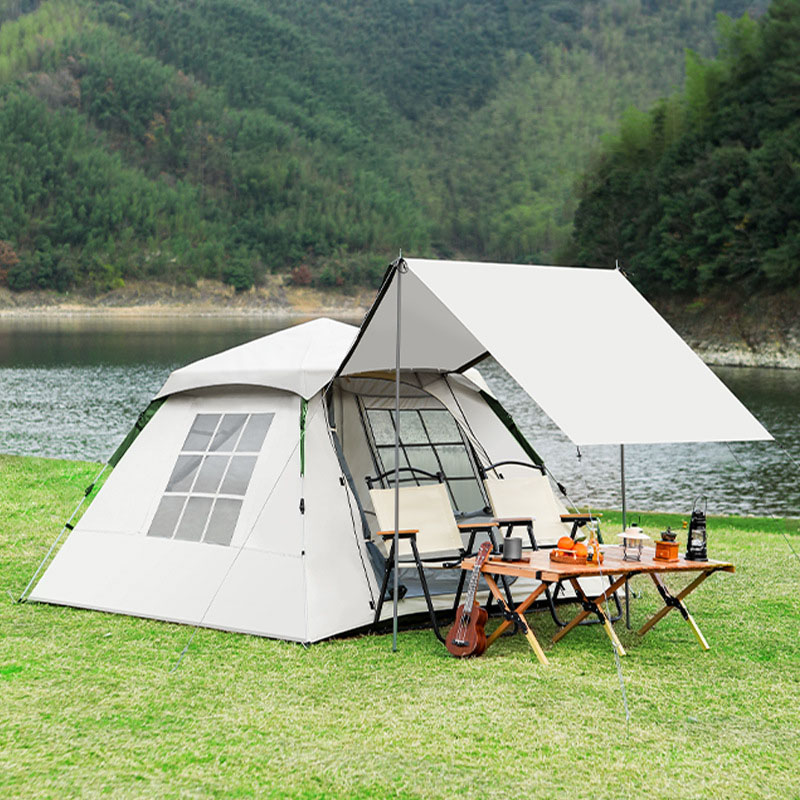 In conclusion, setting up a tent for snow camping requires careful planning and the right gear to ensure a safe and comfortable trip. Choose a sheltered location with good drainage, secure your tent properly, and pack essential gear such as a sleeping bag, stove, and extra layers of clothing. By following these tips and being prepared for the winter conditions, you can enjoy a memorable snow camping experience in the great outdoors.
In conclusion, setting up a tent for snow camping requires careful planning and the right gear to ensure a safe and comfortable trip. Choose a sheltered location with good drainage, secure your tent properly, and pack essential gear such as a sleeping bag, stove, and extra layers of clothing. By following these tips and being prepared for the winter conditions, you can enjoy a memorable snow camping experience in the great outdoors.
